With a meeting of archaeologists, a glimmer of hope surfaces for decaying Chaukandi Tombs
Coal godowns, squatters and truck stands are slowly contributing to the degradation of the site.
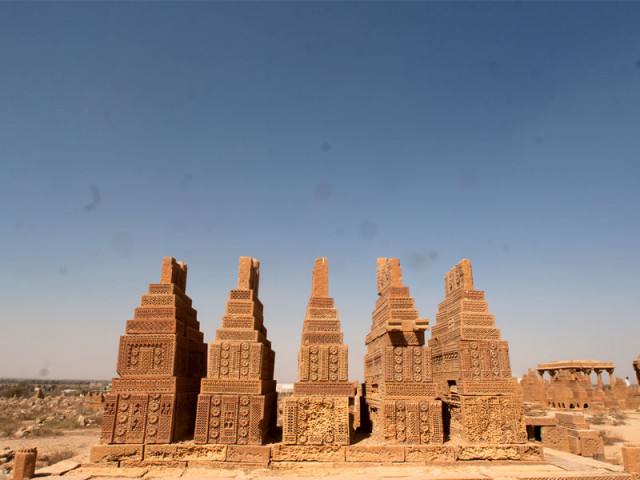
The forgotten, neglected and slowly decaying Chaukandi Tombs may finally be getting the attention a 600-year-old historical site deserves, through the first National Conference on Chaukandi Tombs.
Tourism Minister Sassui Palijo and Culture Secretary Abdul Aziz Uqaili joined archeologists and members of the public for a conference on them at the site on Saturday.
“I have been attached with Chaukandi for the past 25 years and it is very sad and tormenting to see what has happened to this site,” said the director of the State Bank’s department of museum and archeology, Dr Asma Ibrahim. “The local administration has been of no help all this time.”
According to her, Sindh Minister of Culture and Tourism Sassui Palijo is the first to visit the site officially and kick-start a campaign to restore the tombs.
According to Dr Ibrahim, the so-called preservation work has not met any accepted standards and has in fact has made things worse. “They used cement to preserve some parts of it. We never recommend the use of cement on sandstone,” she remarked.
Over 250 such graveyards exist throughout Sindh and in parts of Balochistan as far as Makran.
The tombs were built between the 15th and 18th centuries and use architectural techniques and designs that were unique in the Islamic world at the time. Members of the Jokhio, Kalmati and some Baloch tribes are buried in these intricately carved graves.
“You have atmospheric degradation of the stone which is exposed to the elements,” explained Dr Kaleemullah Lashari, an archaeologist who authored A Study of Stone Carved Graves. “On top of it, the village nearby has grown right up to its boundary and then industrialisation has spread up as well.”
There has been so much development that the graveyard, which could be seen from the highway about ten years ago, is now obscured by the mushrooming truck stands. An archaeological park project is on hold because of squatters.
Both Lashari and Ibrahim added that coal godowns in the area are accelerating the atmospheric degradation which is why they have recommended that certain greenery be planted to help shield the graves.
They both urged the government to provide better security because robbers often get inside. “Once religious fanatics started smashing these stones,” said Dr Ibrahim. Both of them welcomed the wall that has been finally built around the famed graveyard.
It has taken Lashari years to put together a history of the graves with the help of the inscriptions and interviews with tribes in Sindh whose ancestors are buried here. “When you look at the site, it makes you wonder, who were these people who loved death with so much beauty that it inspired them to build these graves?” he asked.
The conference was attended by scholars and archeologists from around the country and was set against the backdrop of one of Chaukandi’s most well preserved monuments. Folk musicians sang the verses of famous Sindhi poet Shah Abdul Latif Bhittai as people from the area gathered around to hear the speakers who transitioned easily from Sindhi to Urdu and English.
Archeologists sought to educate people of the area on the value of the sites and how to take steps to preserve them. “Moving even one rock to help preserve the site is a service to the province,” said Lashari to loud applause from the crowd.
The archeologists weren’t the only ones who sought to educate the public. A member of the Jokhio tribe got on stage and read out his entire family tree emphasising how closely connected his family was to the site.
Published in The Express Tribune, February 26th, 2012.

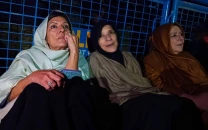

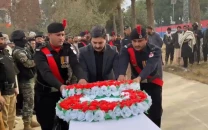

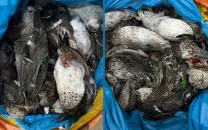
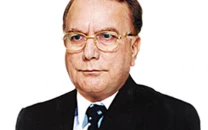












COMMENTS
Comments are moderated and generally will be posted if they are on-topic and not abusive.
For more information, please see our Comments FAQ